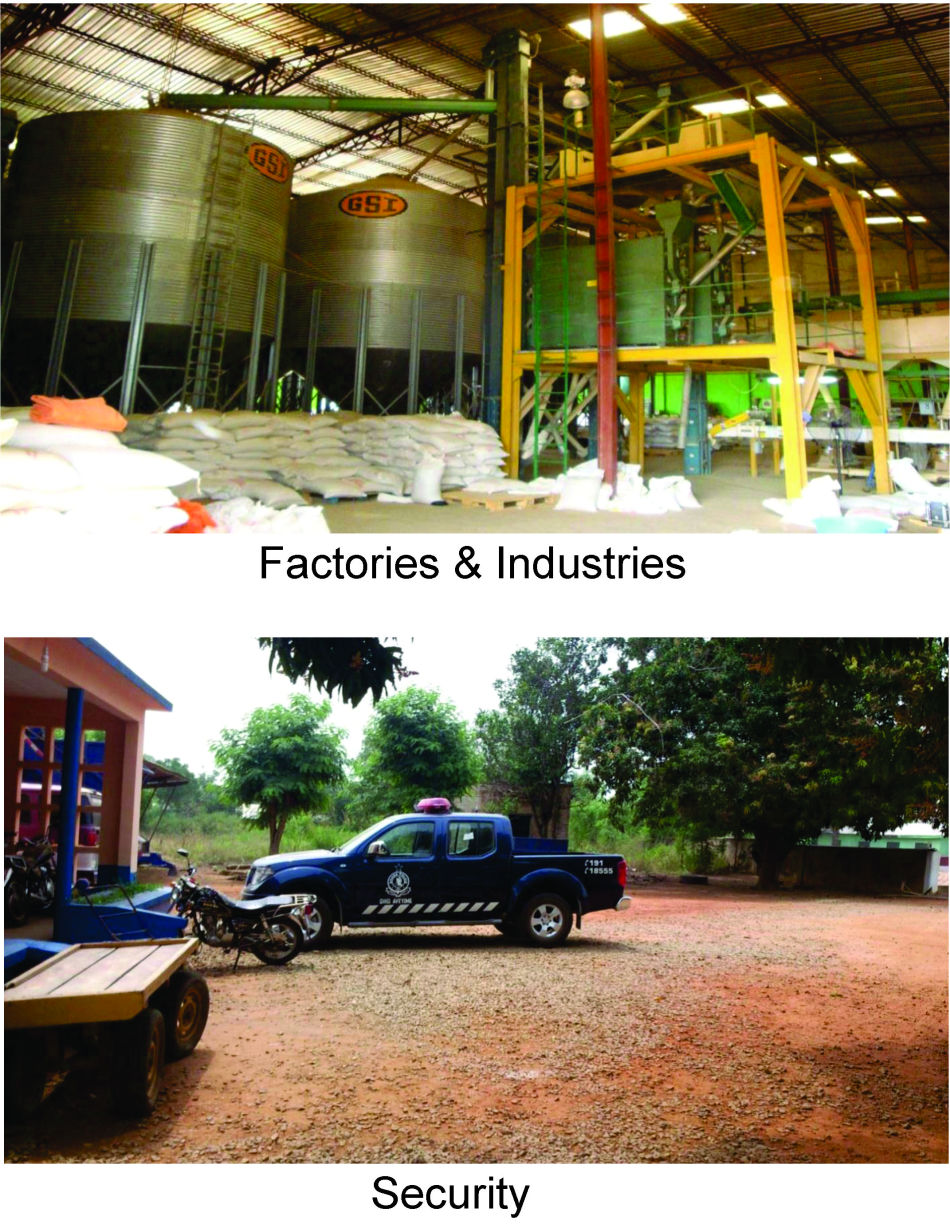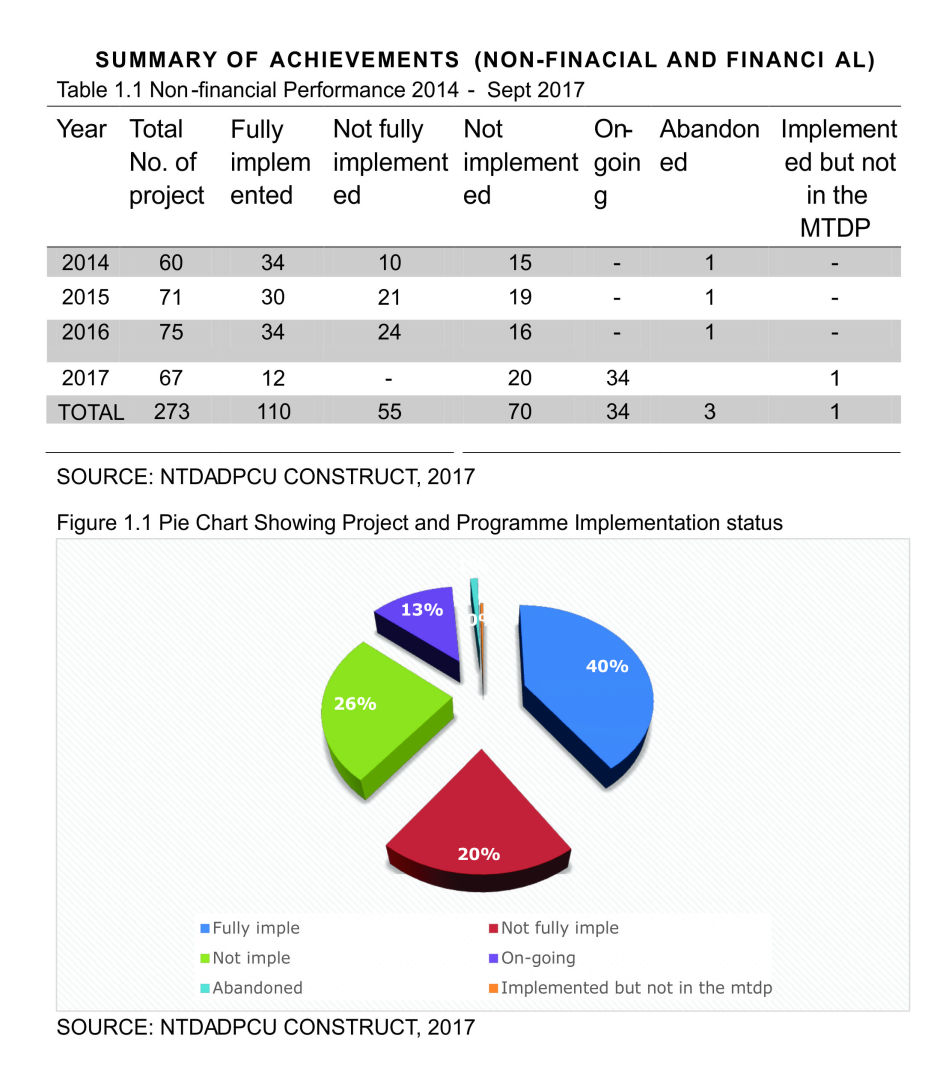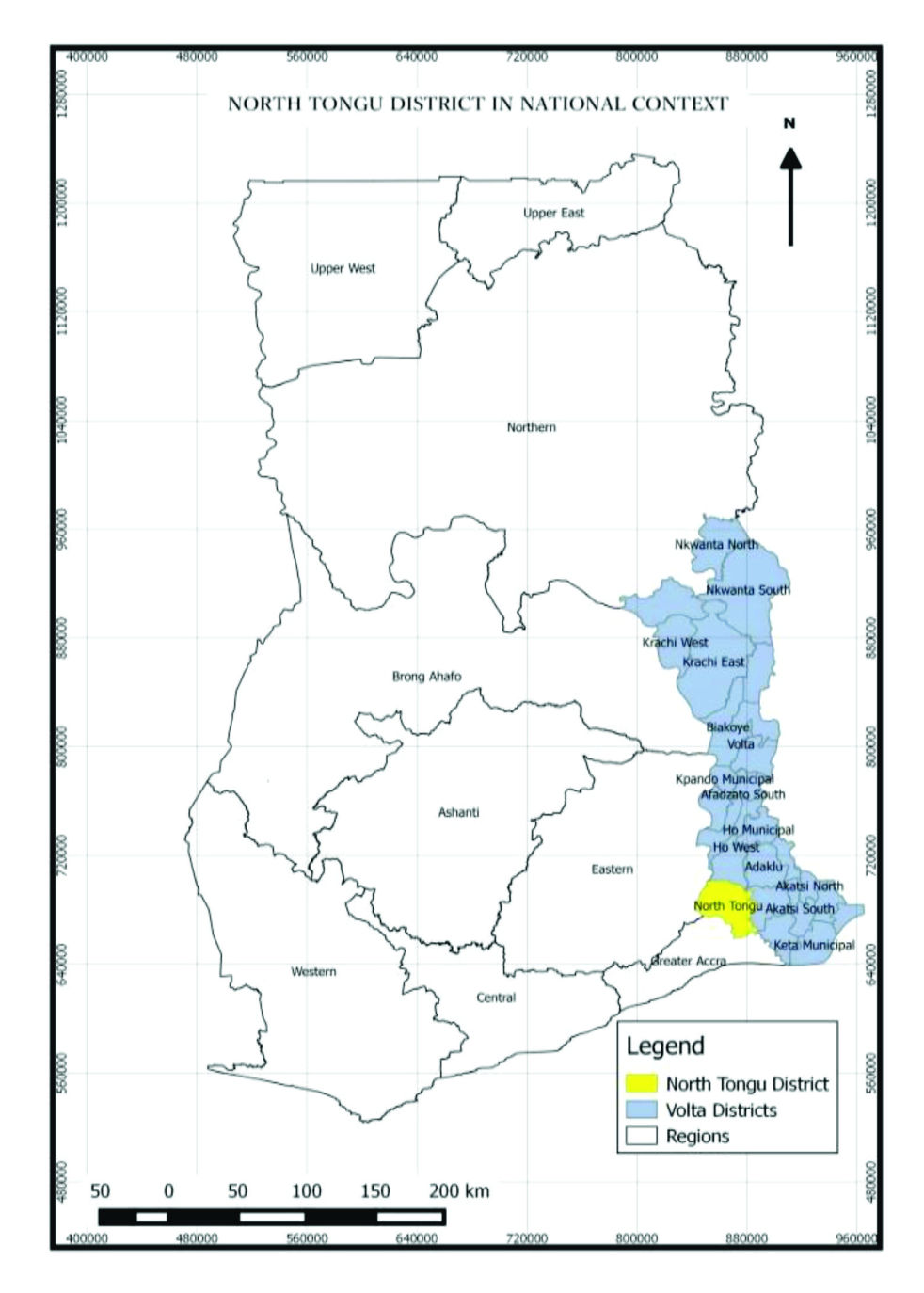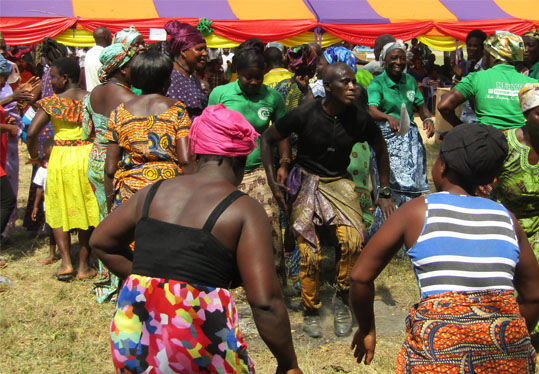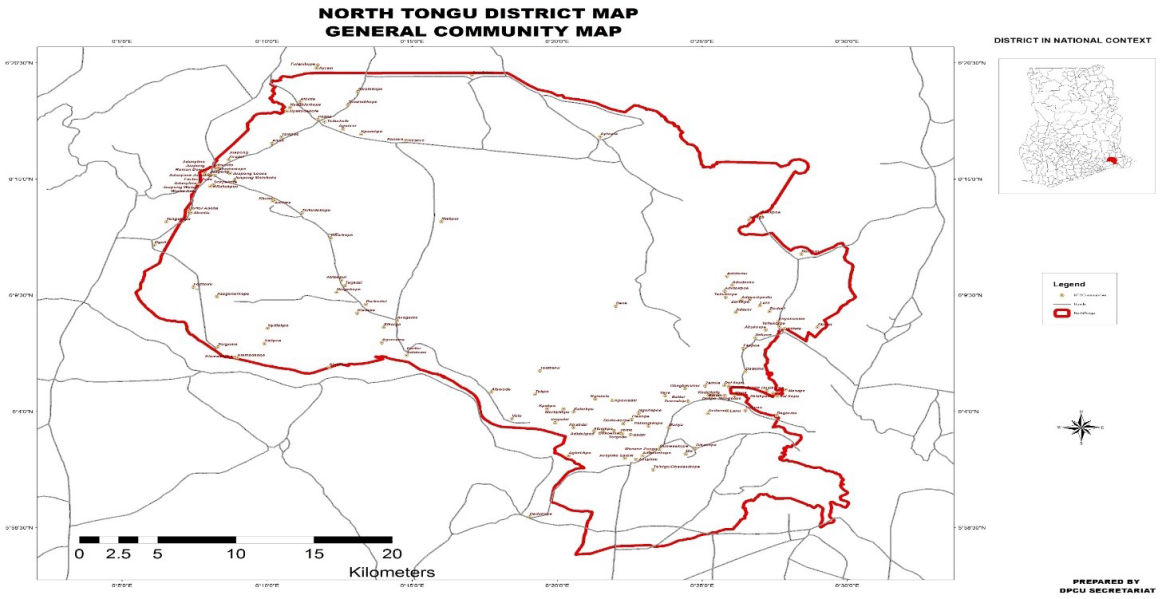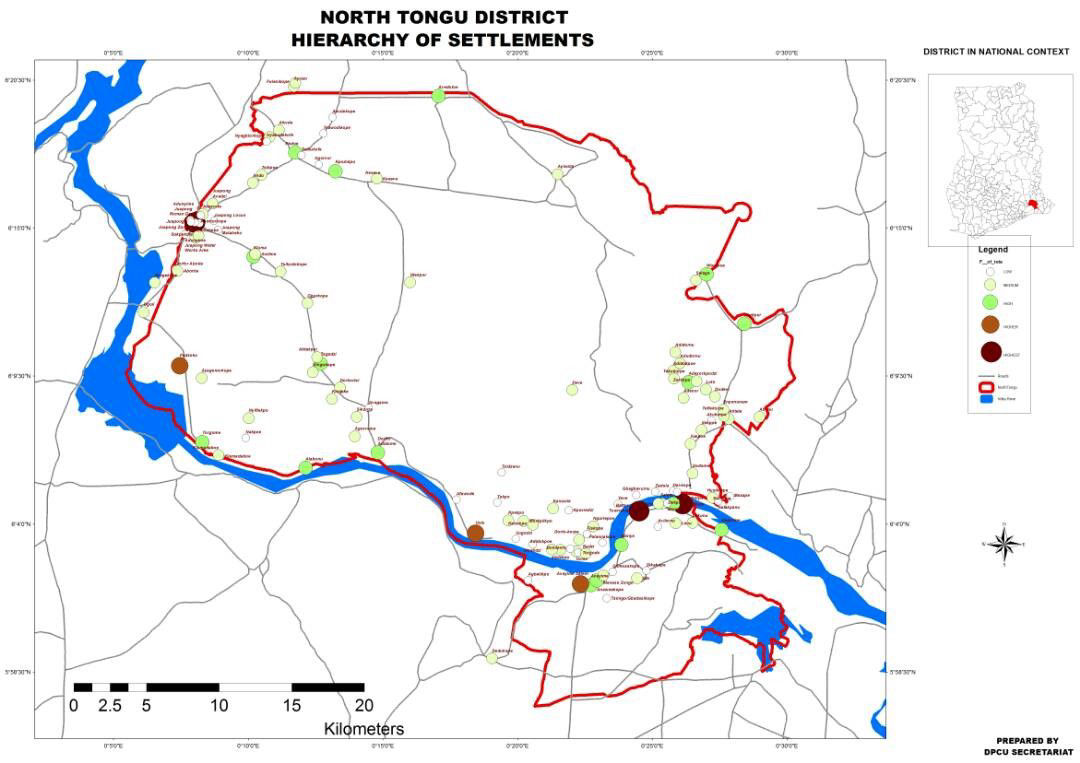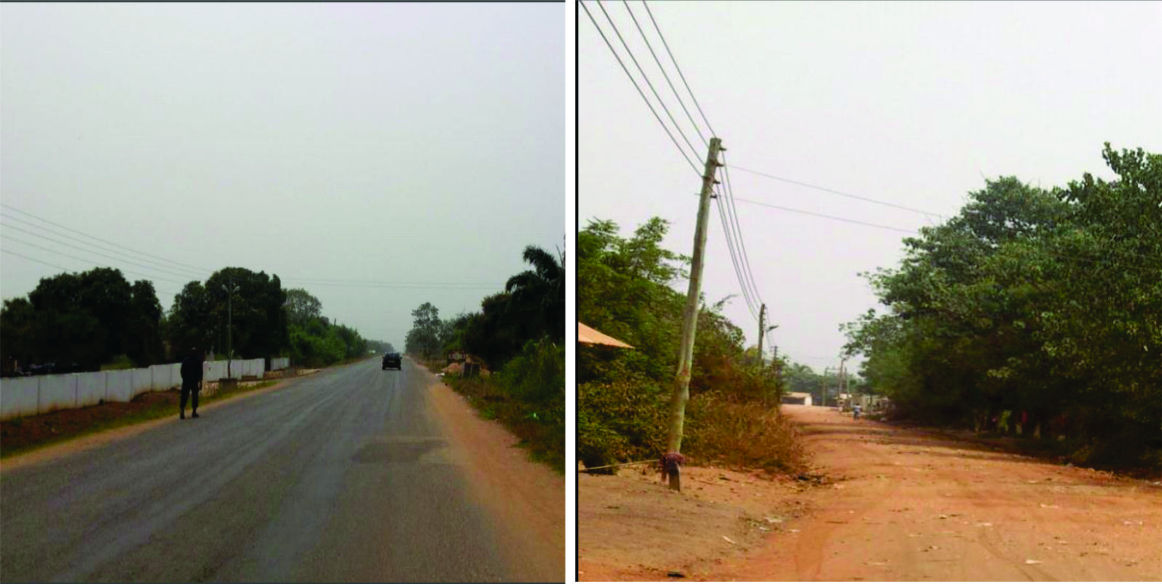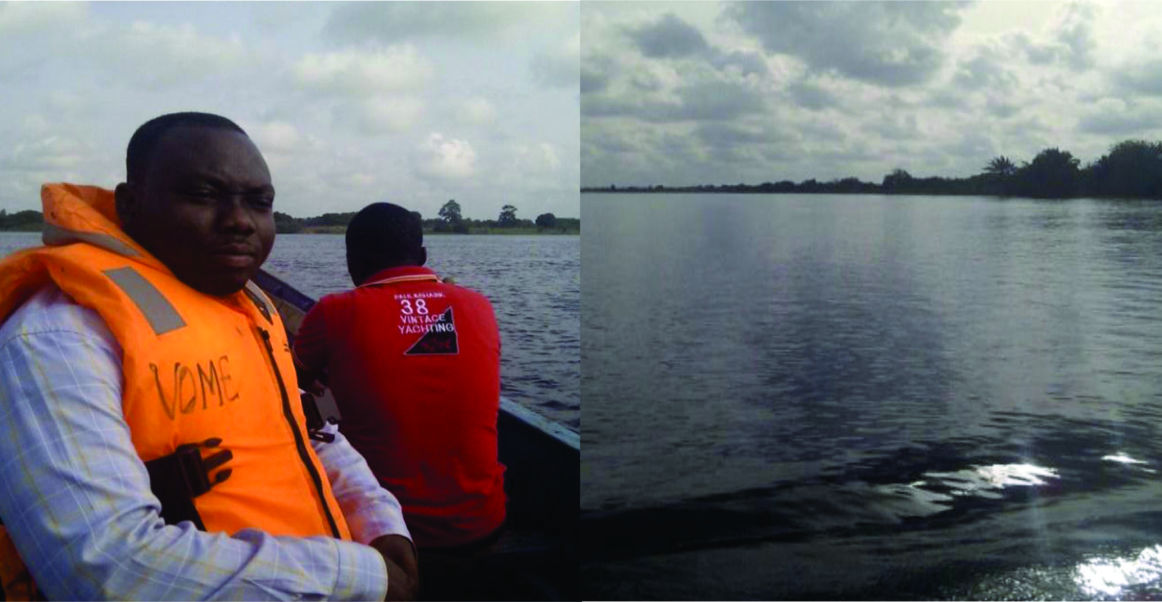District Medium Term Development Plan
A review of the performance of the North Tongu District in the implementation of 2014-2017 MTDP is critical to provide the basis for informed decision making. An assessment of the performance of the District in the past four years took the form of monitoring the achievements with the set targets in all sectors. However, the review of the performance of District for the just ended plan period has shown an improvement in the provision of education infrastructure and water and sanitation facilities. Little progress was made in the areas economic and spatial development. Also, some interventions were made in the area of agriculture with some programmes implemented during the plan period. This has clearly manifested in the overall performance of the District as private sector played an insignificant role in the District’s development Agenda.
